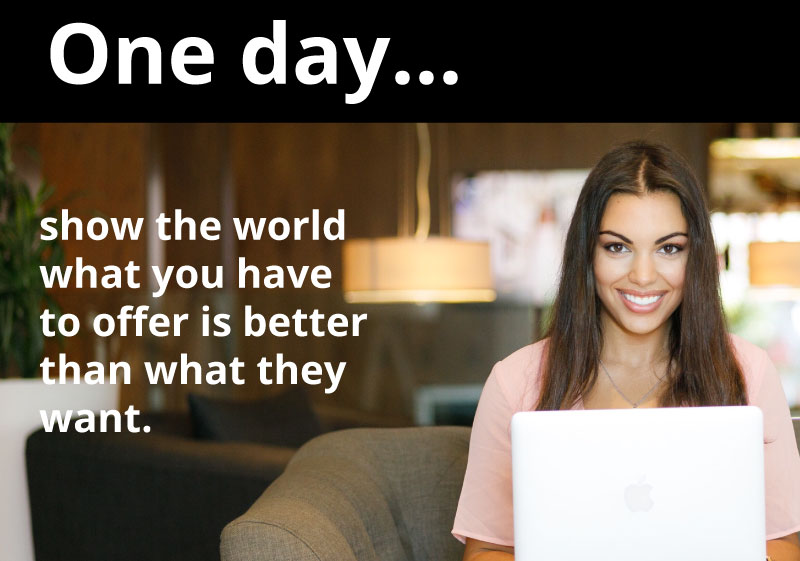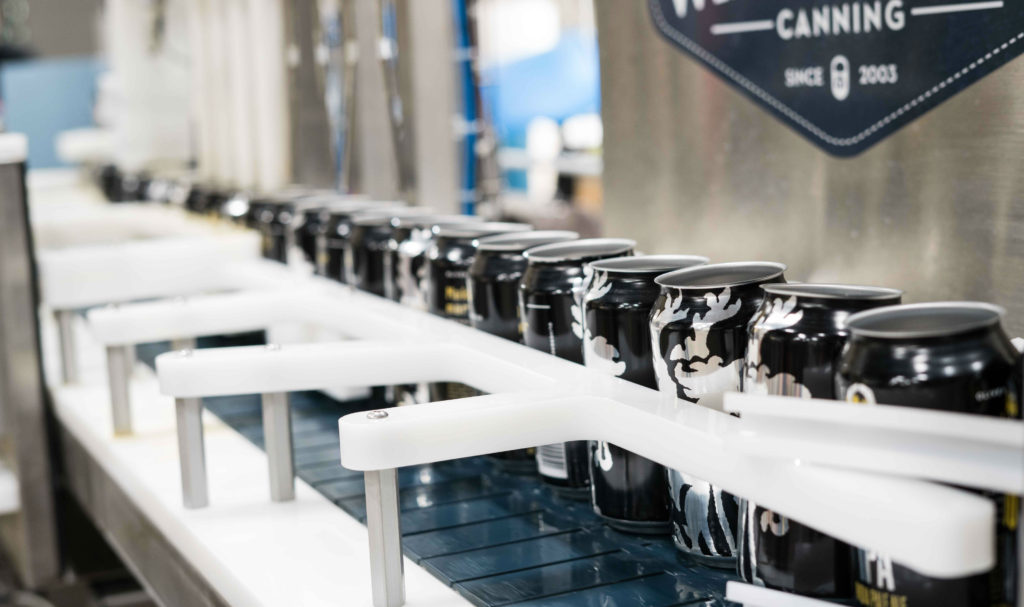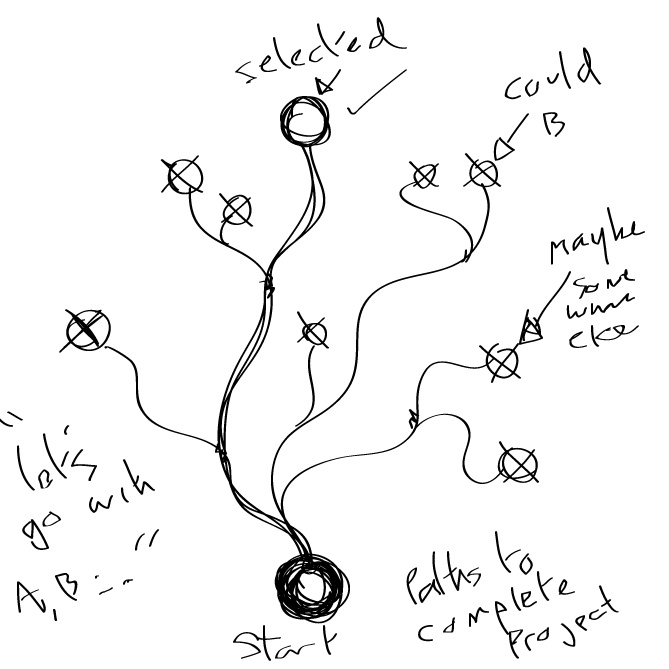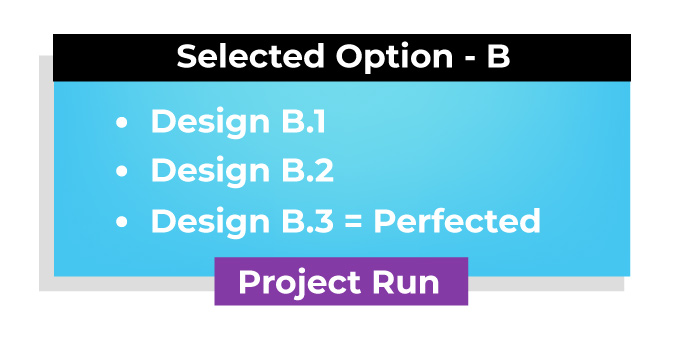Developing a product for your business isn’t a small undertaking… but it can be very rewarding if you do it right! This post has been written to share useful experiences for creating a product. In order to create a product, you should consider certain key aspects of its design.
So, how to make a product for your business :
- Who is the product for?
- Is there a market for your product?
- Does the market need your product?
- Would the market want your product? can you find out?
- How much will it cost to create the product?
- How will you market the product?
- Where will you make your product?
- Timeframe for product design
The questions above cover a couple strong questions when creating or launching a product.

Also, this post will cover what you shouldn’t do when developing a awesome new product. Enjoy!
My experience in creating physical products
In the early stages of my career I would never have imagined that I would have been involved in designing and launching physical products, it has been a journey that has both been challenging and exciting!
Speaking creatively, designing a product opens up a whole new road for innovative exploration – you just need to remember to put the breaks on every once in a while and assess why and what you are making.
My experience mostly covers designing products that are made from card and PET. I have also been involved in creating physical card/board games, developing learning products (STEM) and Flash Memory (injection moulding) and last but not least, the retail packaging that houses products.
Who is the product for? (It’s not you)
When you create a product, it shouldn’t be a product for you. This may sound counter intuitive but you need go beyond a gut-feeling if you really want to push the success of a product. One mistake I have often found is assuming that everybody else is a bit like me to a lesser and greater extent – this couldn’t have been further from the truth.
Not everyone is like you.
Do you represent a demographic that would buy your product?
It can be a good start if this is the case but try to get some idea who would buy your product through looking at information online with trends, forums, statistics and if you have the money and resources, surveys and product testing. These early stages will help to decipher whether there is viability in your product.
Don’t leave it to chance.
Make your product about your customer, make it something they would love, solve a problem, entertain. It will be them that buys the product in the end – not you. ( you may find this interesting, making a board game prototype )
How to make a product for your business | Product Validation
A very good way for a business to get a product validation is by testing the waters on a crowdfunding platform such as Kickstarter or IndieGogo. If you are going to do a Kickstarter, make sure you have a crowd and an audience ready on the launch day.
This is not a mandatory way to validate a product, but it does show if there could be a demand for your product.
If you would like help with your Kickstarter design you can read more on this post.
Is there a market for your product?
Assuming that you may or may not have gone down the crowdfunding root for your trailblazing new gadget or product do you have any evidence that the world ‘needs’ or would like your gadget or product?
A good way to check is to see whether other companies are selling something similar – I know, I know – you want to create something SO unique that you would have made Tesla shed a solitary tear but creating something without knowing if there will be demand can be a huge financial risk, and you could end up selling something that the world does not want or need.
It is a crushing feeling
if your product can’t get off the starter blocks when you have invested so much time and money into your passion. Make sure you do your homework first and maybe consider the – paragraph above “Product validation”.
Who knows, perhaps after creating your first few products you will be in place to show the world what you offer is better than what they want.
In time…

Keep the cost down to create your product (*MVP)
If you are a creative or a student reading this post, you are probably going to hate this point. For your product to be commercially successful, somebody will need to be able to buy it! I know, who would have imagined!
Unless you are creating a product for wealthy people with large disposable incomes you will need to consider if the man or the woman on the street can afford what you are trying to sell them.
That will generally come back to keeping that initial manufacturing cost down.
Creating a Product As a business owner or Start-Up
This may sound like familiar territory to you. The lower the setup cost, the better the margin or the cheaper you can sell your product and it have a wider market appeal. A lower RRP will make your product more accessible to a larger buying market with shallower pockets.
The type of product, brand or business you want to be is down to you. It will come down to you how much you believe the customer is willing to pay for your product and be brutally honest with the prices.
This may influence whether you do mass production, batch or stay with smaller scale cottage industry production. The choice is yours – based on your research and expertise.
How much does it cost to make a product?
It can cost anything from 10p a unit to £1000’s of pounds for a large mass produced run, it comes down to the materials, where you have your product made, speed and many other smaller factors.
Costing and pricing is a crucial stage for the success of your product. Below are a few factors which you should take into consideration when pricing the development of your product:-
- How many units will you make
Generally, the more units you manufacture, the lower the unit cost is in larger quantities.
- Where it is manufactured
It is common to find products that are manufactured overseas. This is a common practice in manufacturing as it is generally cheaper to manufacture products in place such as China.
- Packaging
Depending on the level and complexity of packaging this can affect the cost of your product per unit. Having too much packaging could be costly and frowned upon by a modern and more eco conscious market. – You can read more on packaging here >
- Transport and unit weight and size
The weight and size of your product will affect the unit cost of your product.
- Other languages
If you are intending on creating a product that will be sold globally, you may wish to consider having translations added to the retail box. It can be inexpensive for translations to be created and worth considering as it will open up a much larger audience to your product.
- Barcodes
If you are intending to sell your product to high-street retailers you will need a product Barcode. I wasn’t involved in the process of creating product barcodes in the past, but as far as I am aware it is relatively cheap.
- Instructions
Large retailers will expect instructions as a basic requirement for your product if it something like a piece of electrical equipment, a gadget, a game, a tool and items with moving parts. Instructions can be made cheaply, but they need to be made ‘properly’.
- Other Admin and legal areas
Your product may need testing for chemicals and toxic substances to meet with trading standards. These requirements differ from country to country and isn’t something I can advise on. I can only mention that you should be aware of it is best to seek professional advise.
* it should also be noted that Brexit ‘may’ have an effect on goods being imported and exported in and out the EU.
Marketing Your Product – A very important step
This step should not be scrimped on but is often is. It is a waste of time and money putting all of your efforts into creating a product that the world cannot see. Don’t rely on blind faith and hope that consumers looking to buy a product will stumble of yours. You will need to be proactive and there are actions you can take with a short or non-existent budget.
Invest your time, energy and planning into some good marketing and if you cant invest money, research low-cost or free marketing ideas.
But remember, free is rarely free. Time is still a cost also and if you can avoid doing it all yourself I would advise looking for help.
https://www.shopify.co.uk/blog/how-to-market-a-product

The marketing of your product can cover a large area; from the branding to the packaging to the website. 1 idea for marketing your product could be to consider crowdfunding – if this fits your business model.
A method for getting your product out there
a) Make a good product
b) Create awesome packaging
c) Present the whole package.
Show your cool packaging to a buyer and let the large retailer do the heavy promotional lifting and display your product. I have seen this method work time and time again but you need to master your pitch.
Other Notes on creating your product
There isn’t a guarantee your product will succeed the first time.
I feel this should be added, not every single product you develop or make will rip it into success. Although, I hope that this article may guide you and help you steer clear of any pitfalls in the early stages.
I think many inventors make many products and prototypes before they blow it out of the water. Eventually, they find that eureka! And so will you if you if you have the right skills, knowledge, and attitude. I have written about the success of this party game >
IF you found this article helpful free to link to, share or show friend.

‘Do Not’ for developing a product.
– Don’t rely solely on your gut when creating a product. Try to do some research and understand your target demographic
– Developing products for the tech market can be volatile – especially if you are making products which are accessories for a model of (whichever product) Creating something for the latest release lasts as long as that model does. You either have to move quickly or end up with a warehouse full of products you cant sell.
– Don t assume that customers only look at pictures on the packaging, they do read the details on the back of the packaging, and if something is a little bit off – they will email you to let you know.
* Minimum Viable Product Quick Answer : What does it mean?
If your manager or boss has just mentioned the term MVP this stands for ‘minimum viable product’. A minimum viable product is just that, a product that is still worthy of being sold but is stripped back to the bare essentials.
E.g a car with 5 wheels, bike rack, a rearview camera, fine leather interior, sky television etc
MVP version = 4 wheels, plastic interior, simple functional car (Save money in other words)
That is the end of the post for How to make a product for your business. I have tried to share some of my past experiences and how they can be useful for you.
I hope this post was useful to you and give you insights on how to make a product for your business. This is all based on past experience which I have shared. if you feel that this was helpful please share!
Thank you for reading “How to make a product for your business”
Maybe you’d like to read: How to create a game in steps >
Or Develop packaging or how to design a gaming app
If you have any questions feel free to (opens in a new tab)”>contact me through my website >




















